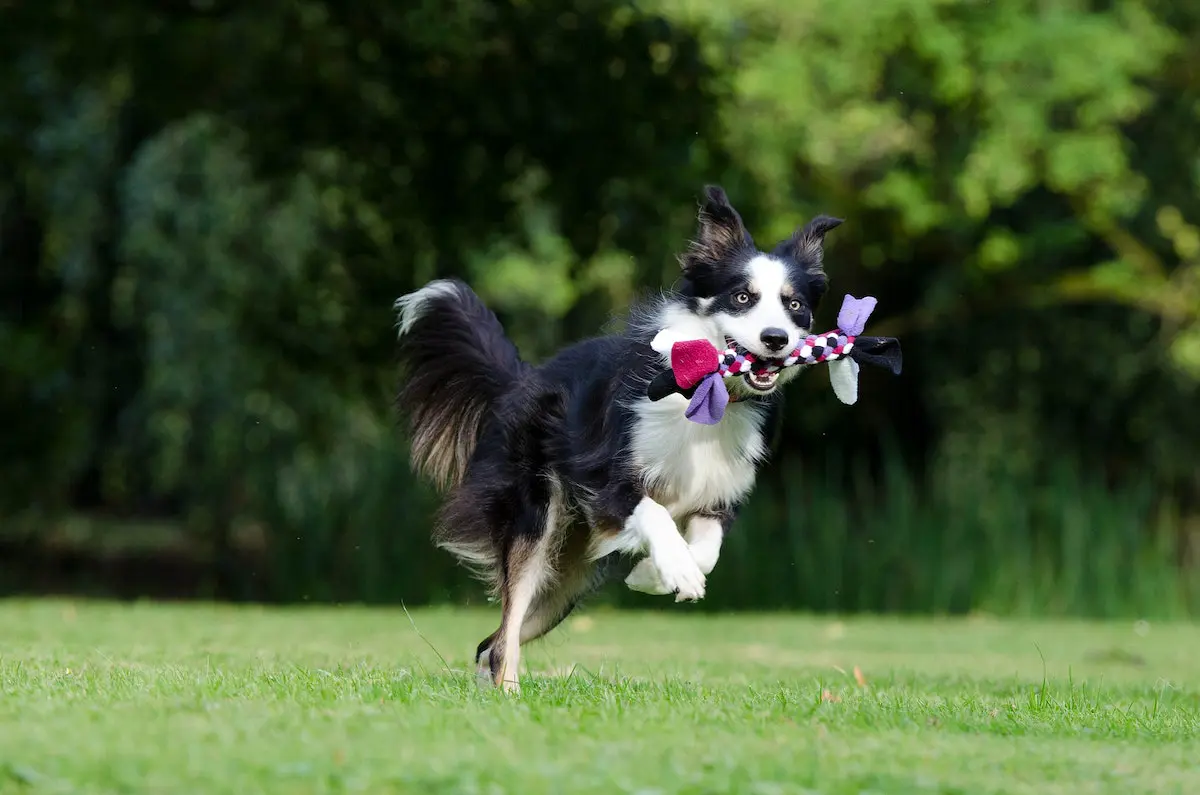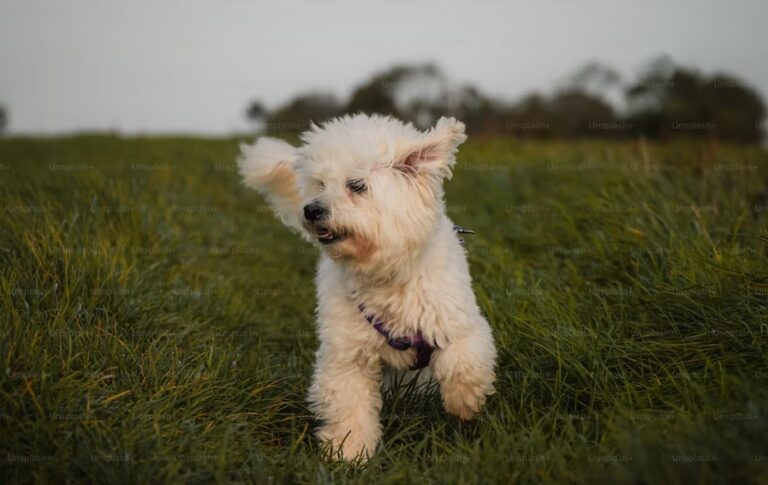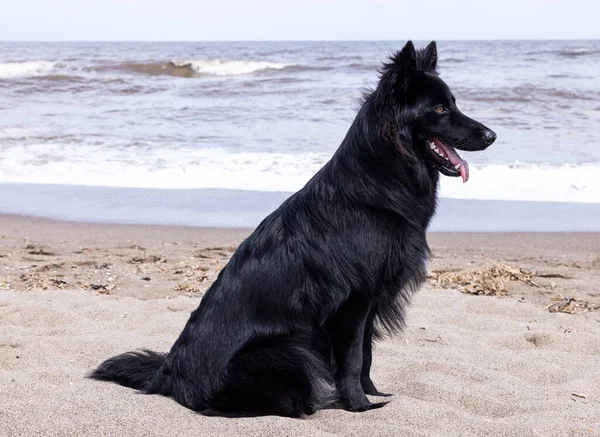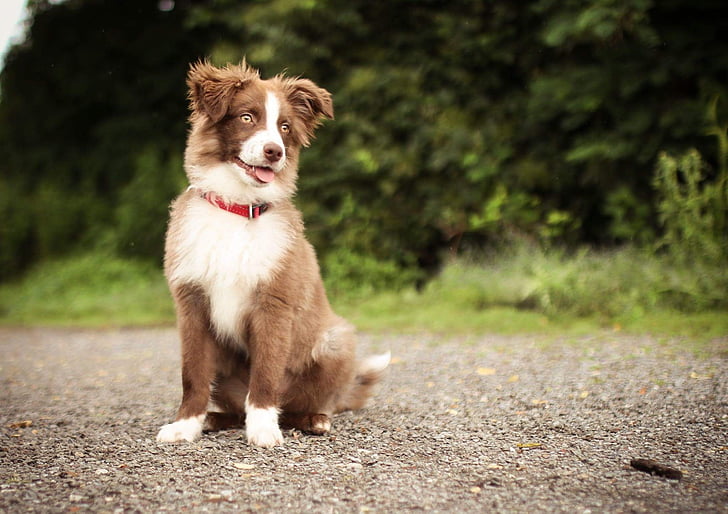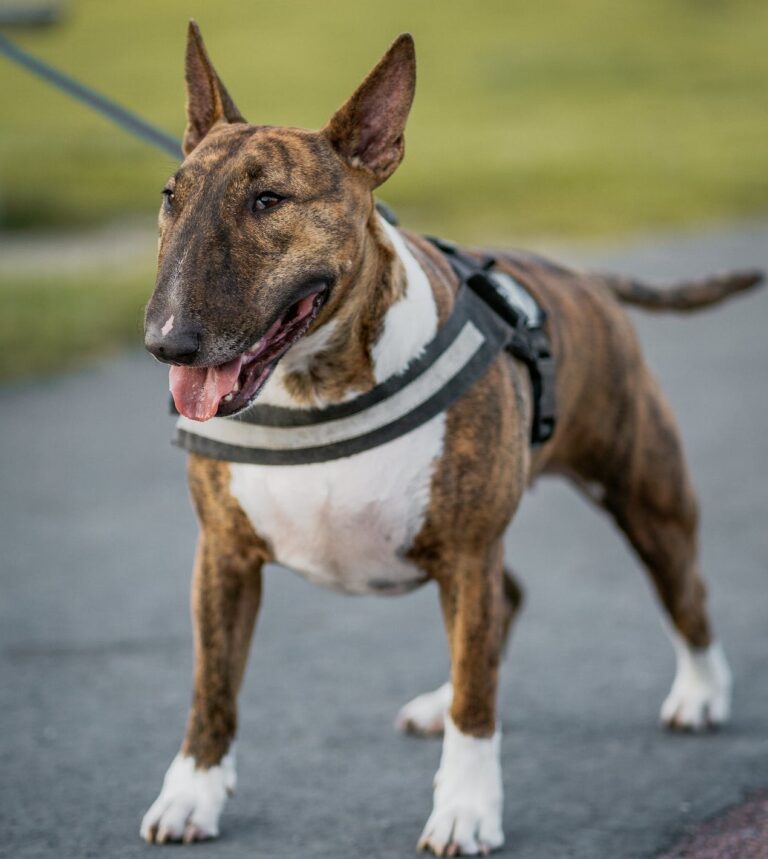Interactive training sessions are an effective way to make learning fun and enjoyable for your beloved dog. By incorporating engaging activities and interactive exercises, you can create an environment that stimulates your dog’s mind and encourages active participation. In this article, we will explore the benefits of interactive training sessions and provide valuable tips and techniques to make the learning experience a rewarding one for both you and your furry friend. Discover how to enhance your dog’s learning abilities and strengthen the bond between you through interactive training sessions.
Understanding the Importance of Interactive Training Sessions
The Benefits of Interactive Training Sessions for Dogs
Interactive training sessions provide numerous advantages for dogs and their owners. These sessions go beyond traditional training methods and incorporate engaging activities that make learning fun for your furry friend. Here are some key benefits of interactive training sessions:
- Mental Stimulation: Interactive training sessions help stimulate your dog’s mind, keeping them mentally active and engaged. These sessions introduce new challenges, problem-solving exercises, and tasks that require them to think and make decisions. This mental stimulation is essential for dogs, as it prevents boredom and can prevent destructive behaviors that often arise from a lack of mental stimulation.
- Improved Bonding: Interactive training sessions provide an opportunity for you and your dog to strengthen your bond. Through these sessions, you both spend quality time together, working on various activities and learning new skills. This shared experience helps build trust, communication, and a deeper understanding between you and your dog.
- Enhanced Focus and Attention: Interactive training sessions help improve your dog’s focus and attention span. By incorporating interactive games and exercises, these sessions teach your dog to concentrate on specific tasks and follow instructions. As your dog becomes more adept at focusing, they will be better able to respond to your commands and behave appropriately in various situations.
- Better Socialization: Interactive training sessions often involve interaction with other dogs and people. This exposure allows your dog to develop proper socialization skills and learn how to behave around different individuals and animals. This is particularly beneficial for puppies who are still learning how to navigate the world and need positive experiences to grow into well-rounded dogs.
How Interactive Training Sessions Can Improve Your Dog’s Behavior
Interactive training sessions can have a significant impact on your dog’s behavior. Here are some ways these sessions can help improve your dog’s behavior:
- Positive Reinforcement: Interactive training sessions predominantly utilize positive reinforcement techniques. By rewarding desired behaviors with treats, praise, or play, dogs learn to associate positive outcomes with good behavior. This reinforcement encourages them to repeat those behaviors, leading to better overall behavior and obedience.
- Reduced Anxiety and Stress: Interactive training sessions can help reduce anxiety and stress levels in dogs. Engaging in fun and stimulating activities helps distract dogs from their worries and redirects their focus onto positive experiences. Additionally, the mental stimulation provided by these sessions can help alleviate anxiety-related behaviors by keeping their minds occupied.
- Channeling Energy Appropriately: Dogs often exhibit destructive behavior when they have excess energy that needs to be channeled appropriately. Interactive training sessions provide an outlet for this energy by engaging your dog physically and mentally. By regularly participating in these sessions, your dog will be more likely to redirect their energy towards positive activities instead of destructive behaviors.
- Improved Communication: Through interactive training sessions, you and your dog learn to communicate effectively. As you teach your dog new commands and tricks, you establish a common language and develop a better understanding of each other. This improved communication leads to better cooperation and a stronger bond between you and your furry companion.
In conclusion, interactive training sessions offer numerous benefits for your dog’s well-being and behavior. These sessions provide mental stimulation, enhance bonding, improve focus and attention, promote socialization, and utilize positive reinforcement techniques. By incorporating interactive training sessions into your dog’s routine, you can create a fun and effective way to teach and shape their behavior while strengthening your relationship.
Creating Engaging and Interactive Training Activities
When it comes to training your dog, incorporating interactive and engaging activities can make the learning process fun and enjoyable for both you and your furry friend. Interactive training sessions not only stimulate your dog’s mind but also strengthen the bond between you two. Here are some tips to help you create engaging and interactive training activities for your dog:
Choosing the Right Interactive Training Activities for Your Dog
The first step in creating engaging training activities is to choose the ones that are suitable for your dog’s age, breed, and personality. Different dogs have different preferences and abilities, so it’s important to select activities that align with their interests and strengths. Here are a few ideas to consider:
- Agility Courses: Set up a mini obstacle course in your backyard or living room using tunnels, jumps, and cones. This activity helps improve your dog’s physical fitness, coordination, and focus.
- Hide and Seek: Hide treats or toys around the house or in the yard and encourage your dog to find them using their sense of smell. This game not only provides mental stimulation but also reinforces their natural instincts.
- Scent Training: Teach your dog to identify specific scents by hiding scented objects and rewarding them when they find it correctly. This activity taps into their powerful sense of smell and enhances their problem-solving abilities.
Incorporating Rewards and Positive Reinforcement
To make training sessions engaging, it’s crucial to use rewards and positive reinforcement. Dogs respond well to praise, treats, and affection, so be sure to reward them for their efforts and progress. Here are some tips for incorporating rewards and positive reinforcement into your interactive training sessions:
- Treats: Use small, tasty treats as rewards when your dog successfully follows a command or completes an activity. Make sure to use treats that are both enticing and healthy.
- Verbal Praise: Dogs love to hear your voice and receive verbal praise. Use a cheerful tone and specific words like “good boy/girl” to let them know they’re doing well.
- Affection: Physical touch, such as petting, belly rubs, or a quick play session, can be incredibly rewarding for your dog. Show them affection when they exhibit desired behaviors.
Using Interactive Toys and Puzzles
Interactive toys and puzzles are excellent tools to keep your dog mentally stimulated and engaged during training sessions. They provide an opportunity for problem-solving and independent thinking. Here are a few examples of interactive toys and puzzles you can incorporate into your dog’s training routine:
- Treat-Dispensing Toys: Fill puzzle toys or treat-dispensing balls with your dog’s favorite treats. This encourages them to work for their food, keeping them engaged and entertained.
- Puzzle Boards: Invest in puzzle boards that require your dog to manipulate levers, buttons, or sliders to reveal hidden treats. This activity challenges their cognitive abilities and adds an extra level of excitement to their training sessions.
- Interactive Plush Toys: Choose plush toys that have hidden squeakers or compartments for treats. This not only serves as an engaging toy but also a reward system during training.
By incorporating these interactive toys and puzzles into your training sessions, you can make learning fun and mentally stimulating for your dog.
In conclusion, creating engaging and interactive training activities is key to making the learning process enjoyable for your dog. By choosing the right activities, incorporating rewards and positive reinforcement, and using interactive toys and puzzles, you can create a fun and enriching training routine that strengthens the bond between you and your furry companion.
Tips for Successful Interactive Training Sessions
Establishing clear communication and cues
Clear communication is essential for effective training sessions with your dog. Here are some tips to help you establish clear communication and cues:
- Use simple and consistent commands: Dogs learn best when commands are clear and consistent. Use short and easily understandable words for different actions or behaviors you want your dog to learn.
- Use positive reinforcement: Reward your dog with treats, praise, or play whenever they respond correctly to your commands. This positive reinforcement will help them understand what behavior is desired and encourage them to repeat it.
- Use hand signals: In addition to verbal commands, incorporate hand signals to enhance communication with your dog. Dogs are visual learners and often respond well to visual cues.
- Be patient and consistent: Training takes time, so be patient with your dog. Consistency is key to establish clear communication. Use the same cues and commands every time you train your dog, and eventually, they will understand what you expect from them.
Setting realistic goals and expectations
Setting realistic goals and expectations is crucial for successful training sessions. Here’s how you can do it:
- Start with basic commands: Begin with simple commands like sit, stay, or come. Gradually progress to more complex commands as your dog becomes more comfortable and responsive.
- Break tasks into smaller steps: If you’re teaching your dog a complex behavior, break it down into smaller, manageable steps. This way, your dog will understand and learn each step before moving on to the next.
- Be mindful of your dog’s abilities: Every dog is different, and they have different learning abilities. Set goals that are realistic and achievable for your dog’s breed, age, and temperament. Pushing them too hard can lead to frustration and hinder progress.
- Celebrate small victories: Acknowledge and celebrate even the smallest achievements during the training process. This will keep your dog motivated and make the learning process more enjoyable for both of you.
Consistency and regularity in training sessions
Consistency and regularity are key factors in successful training sessions with your dog. Consider the following tips:
- Set a regular training schedule: Establish a consistent routine for training sessions. Dogs thrive on routine, so having a set time and place for training will help them focus and understand that it’s time to learn.
- Keep sessions short and frequent: Dogs have shorter attention spans, so keep training sessions short but frequent. Aim for several short sessions throughout the day rather than one long session. This will prevent your dog from getting bored or overwhelmed.
- Be consistent with rules and boundaries: Consistency extends beyond training sessions. Be consistent with the rules and boundaries you set for your dog in everyday situations. This will reinforce what they have learned during training and make it easier for them to understand and follow your commands.
- Practice beyond training sessions: Reinforce your dog’s training by incorporating commands and cues in real-life situations. Encourage your dog to respond to commands during walks, interactions with other people or animals, and daily activities. This will help solidify their understanding and ensure consistency in their behavior.
By following these tips for successful interactive training sessions, you can make learning fun for your dog while establishing clear communication, setting realistic goals, and maintaining consistency in their training.
Interactive training sessions provide an excellent way to make learning fun for your dog. By incorporating games, rewards, and plenty of positive reinforcement, you can engage your furry friend in an enjoyable and effective learning experience. Not only does this approach make the training process more enjoyable for your dog, but it also strengthens the bond between you and your pet. So, whether you are teaching basic commands or more advanced tricks, remember to make it interactive and fun. Your dog will thank you for it!

